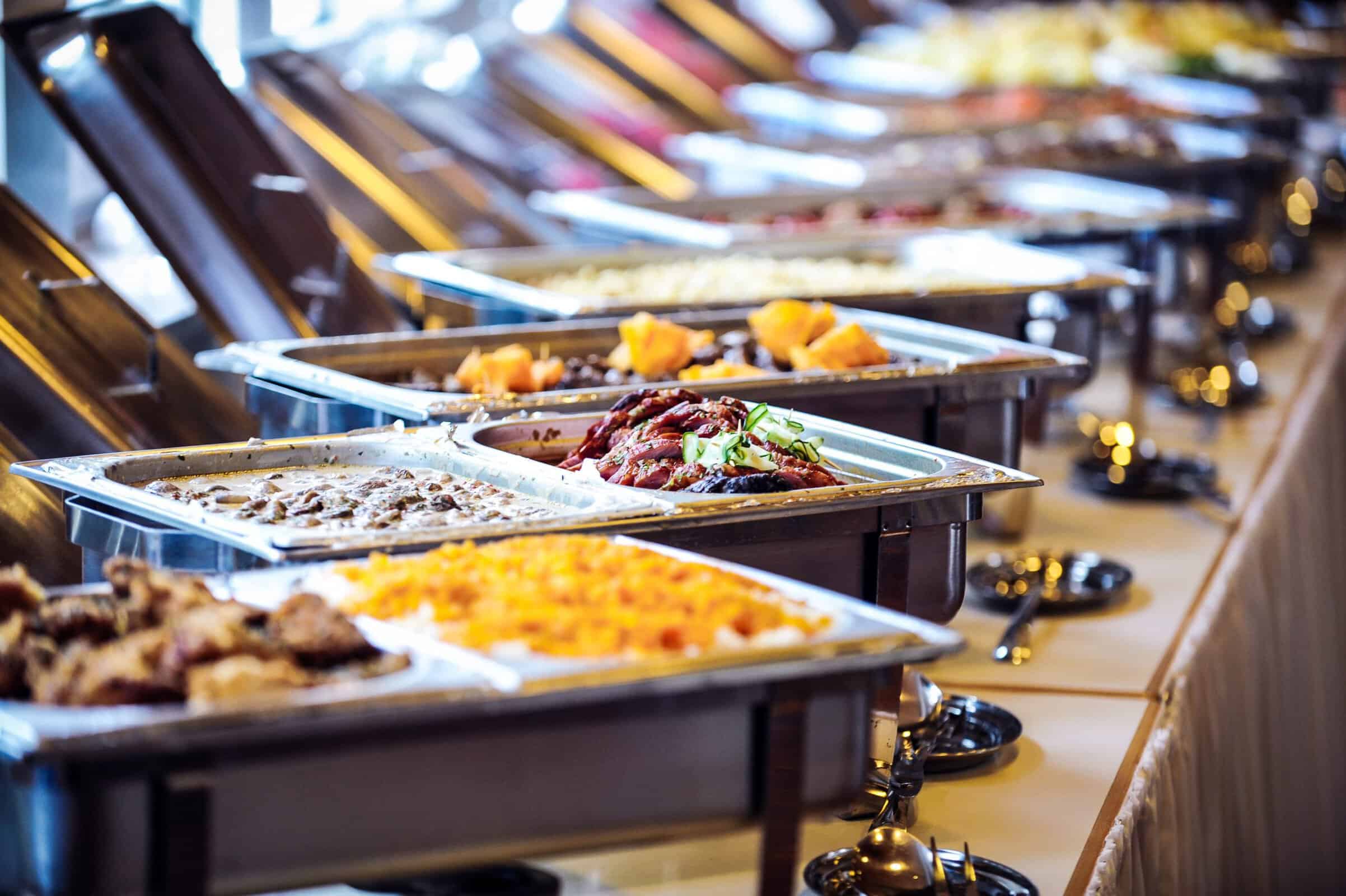It is no secret that South Africans love their meat. This reality is already so far advanced that South African men sometimes jokingly refer to chicken as the vegetables on their plate. The appearance of a love for meat is however not a new thing. South Africans’ relationship with meat stretches over hundreds of years. We look at a few of the old favourites and their origin.
Tripe
Although tripe (or offal) is no longer commonly available (or rather less commonly eaten), most of us still love a marrow bone. The tradition of tripe however stretches far wider and even farther back. From Jan van Riebeeck’s arrival in the Cape up until the second British occupation in 1806, marrow was viewed as a delicacy and was prepared in various manners, among others by eating cooked marrow on bread or using marrow to cook stock. Stranger still is that some old recipes refer to marrow bones being used to make “Mergh-taert” – complete with currants and sugar as part of this recipe.
Curry
There is still a misperception that curry became known in the Cape due to the presence of Eastern slaves who were brought here. But in the Netherlands the use of curry was already known at the time that Van Riebeeck arrived in the Cape. Italians were probably the first Europeans to make use curry spices due to their close contact with the Arabian culture. De Verstandige Kock, a Dutch cookbook that was published in 1667, contains recipes for sweet and sour curry (banana curry) with cloves, nutmeg, ginger, cinnamon, dried orange peel and saffron. Another loved curry dish that is close to the South African heart, is bobotie. This loved dish already landed in the Cape with the Dutch. References in estate documents from 1752 list a bobotijkeetel (bobotie pot). By the eighteenth century bobotie was such an important dish that people had special pots to prepare it in. It was not a dish which could be dished out to carry to the table, because this would spoil the presentation thereof. The dish was probably taken to the table in the pot in which it was prepared and therefore it had to be a pretty pot that was not damaged by everyday use.
Meatballs
Everyone surely remembers a lunchbox filled with meatballs to silence the hunger on a long road trip. There are no recipes from the earlier years of the settlement for these nice nuggets, but it was already present from the earliest times in South Africa. The recipe was however included in Dutch recipe books such as De Verstandige Kock, where it was spiced with nutmeg. The book also gives alternatives for the meatball recipe: For variation a strip of bacon, herbs and orange peel could be folded into the meatballs.
Spit roast
Spit-roasted beef is not a modern dish at all and was part of the food culture with which Van Riebeeck and his entourage arrived in the Cape. In descriptions of seventeenth-century fairs in the Netherlands, Schotel tells of a cow being decorated with ribbons and flowers and being led around such a fair before it was slaughtered and roasted at the spit. He writes that “de kermisharst omringt door dikgesneden stikken, stapels met beschuit en grauwe erten met rozijnen, kwam schier in alle gezinnen op tafel. Zij werd met mosterd en suiker gebruikt”. As in the Netherlands, large cuts of meat were roasted on a turning spit in front of an open fire in the Cape. Mentzel told of large pieces of meat such as lamb roast cuts being rubbed in with salt, pepper and fine cloves and then left overnight. The following day the meat was roasted in its own lard over a slow fire, until it was soft. The meat was then placed in an earthenware container and as soon as it had cooled down, melted lard was poured over it to cover it. According to him, the meat was kept well-preserved for months and remained flavoursome. When the housewife wanted to use it, she reheated the meat in the lard in which it was prepared.
Wors (Sausage)
De Verstandige Kock contains various wors (sausage) recipes that were commonly known in the Netherlands during the time of Van Riebeeck’s arrival in the Cape. One of the variations for pork sausage was spiced with salt, pepper and nutmeg. For beef sausage, fine dried sage along with nutmeg was used. Louis Leipoldt – who personally also wrote one of the first Afrikaans recipe books – was convinced that the Afrikaner’s boerewors with pork lard cut in cubes originated in the south of France. According to him, the French (just like Afrikaners) also used goat meat or mutton mixed with pork meat and pork lard.
In a part of Johanna Duminy’s diary she refers to them making veal sausage on two occasions. In the evening, the meat of bontebok (pied antelope) was cut up and spiced, but the lard was only cut into pieces the next morning and thereafter mixed with the meat. The meat mixture was then stuffed into clean-scraped gut. The process was time consuming, because the gut was pulled over a smoothed horn of which the tip was cut off, and the meat was pushed into the gut through the big opening of the horn.
In the South African food culture, meat is probably one of the most important elements of our diet. The tradition comes a long way – a road that you can surely take into account the next time that you sink your teeth into a delicious spit-roasted lamb.




















